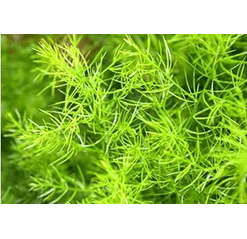HEPATOPROTECTIVE ACTIVITY OF ASPARAGUS RACEMOSUS ROOT EXTRACT ON LIPOPOLYSACCHARIDE INDUCED OXIDATIVE STRESS IN RATS
Keywords:
Asparagus racemosus, cytokine, hepatoprotective, lipopolysaccharide, oxidative stress, quercetinAbstract
Objective: Lipopolysaccharide (endotoxin) produces an inflammatory condition leading to multiple organ failure. LPS most potent bacterial products are used for induction of host oxidative stress responses and liver injury.
Methods: Present study was undertaken to investigate the effect of Asparagus racemosus Willd. root extract in lipopolysaccharide (LPS) induced oxidative stress in rats by measuring oxidative stress markers, nitric oxide, liver function test and cytokines.
Results: The obtained data showed that LPS administration significantly reduced glutathione (GSH), superoxide dismutase (SOD) and catalase (CAT), total cholesterol (TC) and albumin (ALB). There was significant increase in malondialdehyde (MDA), cytokines activity, serum aspartate transaminase(AST), alanine transaminase(ALT), alkaline phosphate (ALP), total bilirubin (TB) and nitric oxide(NO).
Conclusion: The methanolic extract of Asparagus racemosus (MEAR) administration significantly (P<0.05) reduced LPS-induced oxidative stress by normalizing liver GSH, SOD, CAT, MDA, NO, cytokines and liver function markers. MEAR significantly increased ALB and TC level. Results suggest that MEAR protects the liver against liver toxicity induced by LPS.

Peer Review History:
Received 7 December 2018; Revised 6 January 2019; Accepted 28 February 2019; Available online 15 March 2019
Academic Editor: Dr. Sally A. El-Zahaby , Pharos University in Alexandria, Egypt, sally.elzahaby@yahoo.com
, Pharos University in Alexandria, Egypt, sally.elzahaby@yahoo.com
Reviewer(s) detail:
Dr. A.A. Mgbahurike, University of Port Harcourt, Nigeria, amaka_mgbahurike@yahoo.com
Dr. Nuray Arı , Ankara University, Turkiye, ari@ankara.edu.tr
, Ankara University, Turkiye, ari@ankara.edu.tr
Downloads

Published
How to Cite
Issue
Section

This work is licensed under a Creative Commons Attribution-NonCommercial 4.0 International License.









 .
.